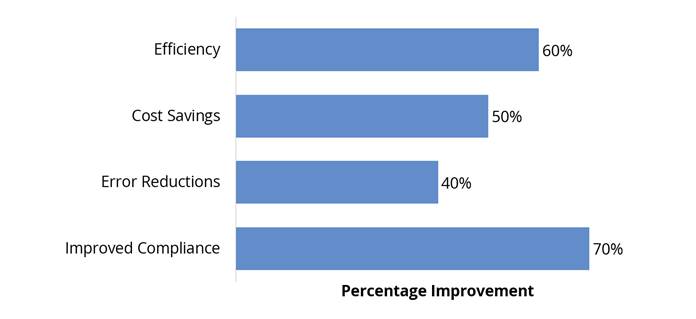Learn about The Impact of Generative AI on Software Testing here.
Generative AI (GenAI) is revolutionizing software development, particularly when it comes to code migration and mainframe modernization. As enterprises seek to move away from legacy systems and embrace modern, agile environments, the role of GenAI in automating and optimizing these processes has become increasingly significant.
This is a swiftly moving field, and organizations need to stay up to speed to leverage technology to achieve efficient and cost-effective transformations.
The Challenges of Mainframe Modernization
Mainframes have been the backbone of enterprise IT for decades, supporting critical applications and processing vast amounts of data. The recent shift toward cloud computing, microservices and agile methodologies has highlighted the limitations of these legacy systems. Key challenges in mainframe modernization include:
- Complexity: Mainframe applications often comprise millions of lines of code written in outdated languages like COBOL. Migrating this code to modern platforms requires a deep understanding of both the legacy and target environments.
- Cost: The high cost of maintaining mainframe systems and the scarcity of skilled mainframe developers make modernization an expensive endeavor.
- Risk: Ensuring the continuity of business operations during the migration process is critical. Any disruption can have significant financial and reputational repercussions.
- Time: Traditional code migration processes are time-consuming, often taking years to complete.
The Role of GenAI in Code Migration
GenAI addresses these challenges by automating and optimizing various aspects of the code migration process. Its capabilities in natural language processing, machine learning, and pattern recognition enable it to translate legacy code into modern languages, optimize code performance, and ensure compatibility with new platforms. Four key benefits include:
- Automated Code Translation: GenAI can automatically translate legacy code into modern programming languages, significantly reducing manual effort and the potential for human error. This capability is particularly valuable for languages like COBOL, which are difficult to translate manually.
- Code Optimization: GenAI can analyze the translated code to identify and implement performance optimizations, ensuring that the modernized application runs efficiently on the target platform.
- Error Detection and Correction: GenAI's machine learning algorithms can identify common coding errors and suggest corrections, reducing the likelihood of defects in the migrated code.
- Documentation and Compliance: GenAI can generate comprehensive documentation for the migrated code, ensuring that it meets regulatory and compliance requirements.
Case Study: Mainframe Modernization with GenAI
Consider a financial institution that relies on a mainframe system to process millions of transactions daily. The institution aims to migrate its core banking application to a cloud-based platform to enhance scalability and reduce operational costs. By leveraging GenAI, the institution achieves the following:
- Efficient Code Translation: GenAI translates the COBOL code into Java, ensuring compatibility with the cloud environment. The automated process reduces the translation time by 60%.
- Performance Optimization: GenAI identifies performance bottlenecks in the translated code and implements optimizations, resulting in a 30% improvement in application performance.
- Error Reduction: GenAI detects and corrects common coding errors, reducing the defect rate by 40%.
- Comprehensive Documentation: GenAI generates detailed documentation for the modernized application, ensuring that the institution meets compliance requirements and can easily maintain the code in the future.
Key Benefits of Using Generative AI for Mainframe Modernization

Source: ISG Research May 2024
5 Best Practices for Leveraging GenAI in Mainframe Modernization
To maximize the benefits of GenAI in mainframe modernization, organizations should consider the following best practices:
- Assessment and Planning: Conduct a thorough assessment of the existing mainframe environment to identify key applications for modernization. Develop a detailed migration plan that outlines the scope, timeline, and resources required.
- Pilot Projects: Start with pilot projects to test GenAI's capabilities and refine the migration process. Use the insights gained to scale the efforts across the organization.
- Skilled Workforce: Invest in training and development programs to equip the IT workforce with the skills needed to work with GenAI tools and modern programming languages.
- Continuous Monitoring: Implement continuous monitoring and feedback loops to identify and address issues promptly during the migration process. Use GenAI's real-time insights to make data-driven decisions.
- Collaboration with Vendors: Partner with GenAI vendors who have experience in mainframe modernization to leverage their expertise and best practices.
Generative AI offers a powerful solution for addressing the complexities of mainframe modernization. By automating code translation, optimizing performance, and ensuring error-free migration, GenAI enables organizations to transition from legacy systems to modern platforms efficiently and cost-effectively. As enterprises continue to embrace digital transformation, the role of GenAI in facilitating seamless and successful code migration will become increasingly vital.
